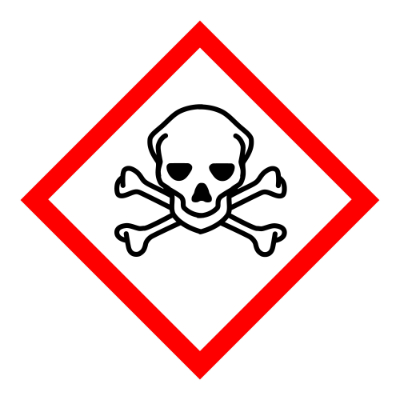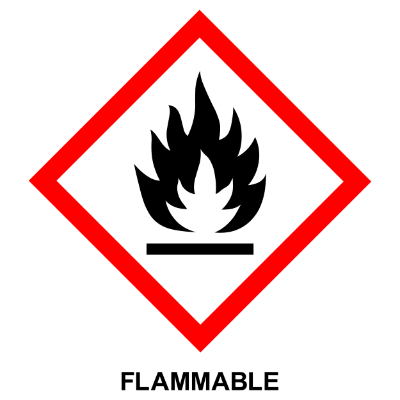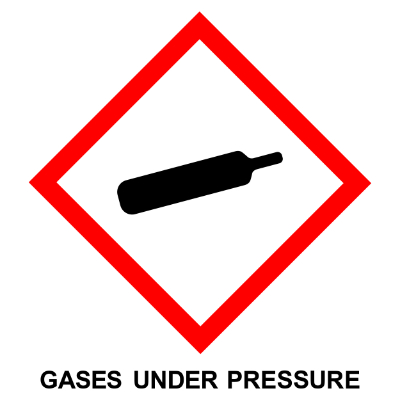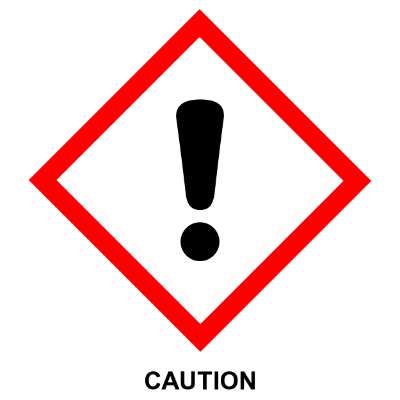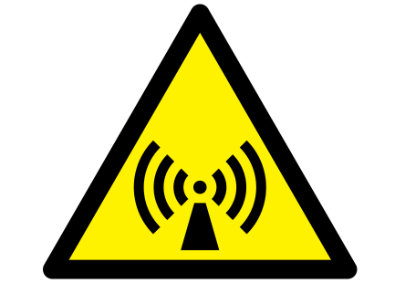Sometimes, patients need to be kept safe from their actions. While individuals are encouraged to exercise internal control, at times, there may be a need for external measures of restraint. The use of restraints has resulted in patient injury and death. It must be done carefully following specific instructions.
A licensed, independent practitioner must order restraint or seclusion. Before an order is obtained, the facility may authorize qualified staff members, usually registered nurses, to initiate using restraints when needed. The independent practitioner must evaluate the need for restraint or seclusion and assess the patient within one hour.
Restraints must never be used for discipline or convenience. When a patient requires external restraint, protecting that person’s safety, rights, comfort, and dignity is important.
Review the equipment, policies, and documentation tools for each facility where you work, as there may be some variation in both practice and definition of restraints. Restraint standards for medical/surgical purposes apply when the primary reason for use directly supports medical healing. Please note that slightly different standards are used for behavioral management, such as in a psychiatric setting and long-term care.
Medical vs. Behavioral Restraint Use. The decision to use restraints for medical/surgical reasons or behavioral health care reasons is not based on the treatment setting. Still, restraint is being used to address the situation. The simplest way to determine what a behavioral health reason is is first to determine what it is not. When restraints must be applied to support medical healing directly, this is not a behavioral health reason.
Behavioral use of restraints is a last-used option and should be considered only when a patient is imminently at risk of harming themselves or others with their behaviors. Less intrusive methods of regaining safety must be attempted before restraint is applied.
Medication to control behavior should be used only as part of a therapeutic plan after appropriate assessment by workers.
Chemical restraint is a term used to describe using medications for purposes unrelated to the patient’s medical condition. An example is using a sedating psychotropic drug to manage or control behavior.
It is the intended use of a device or method that classifies the device or method as a restraint. For instance, IV arm-boards, postural support devices, orthopedic appliances, and protective devices like helmets are not restraints when used to promote healing or protect an easily injured tissue or surgical site.
A bed enclosure or side rails are not always a restraint nor a form of seclusion. A bed enclosure (e.g., net bed) or a side rail could potentially restrict a patient’s freedom to leave the bed and would be a restraint. A bed rail is not a restraint if it is used to help move in and out of bed. It would not be a restraint if the patient could release or remove the device.
Restraints or seclusion are to be used as a last resort after alternatives have proven to be unsuccessful. Restraints should not cause harm or be used as a form of punishment. Examples of alternatives to restraints include, but are not limited to:
- Interaction on 1:1 basis with staff
- Redirection
- PRN medication with patient consent
- Staff or patient-initiated time out in a quiet room with an unlocked door. It should be presented as a way for a patient to regain control, not as a threat
- Staff presentation of limits where consequences are presented for the patient to choose
- Remove stimuli from the patient or vice versa. Keep in mind that moving a patient close to a busy nurses’ station so you can keep a close eye on them could over-stimulate and worsen symptoms
- Relaxation exercises
- Calming music
If lesser interventions are unsuccessful, and you need to apply physical restraint as a last resort, use the least restrictive device possible. For example, a lap buddy is a soft vinyl device that attaches to the wheelchair rather than the patient. Although the patient can remove it when they are oriented, it serves as a reminder that they should not get up without assistance and protects them if they become confused again. Another alternative is a senior chair set in a reclining position or with a lapboard. This is less restrictive than a safety belt or roll belt. A roll belt, in turn, is less restrictive than a vest restraint. Mitts are generally more suitable than wrist restraints because they are less restrictive and allow the patient to move their arms freely. Another option is elbow restraints that keep the arm straight but allow free arm movement.
The authorized staff member can discontinue restraints or seclusion when the assessment reveals that they are no longer necessary. Restraints for acute medical or surgical purposes must be reviewed and renewed if needed by the licensed, independent practitioner at least every 24 hours. The use of restraints for behavioral healthcare purposes in long-term care must be reviewed and renewed if needed by the licensed, independent practitioner at least every 30 days.
Procedures for checking and documenting while a patient is in restraints are rigorous. Each facility will have a restraint or seclusion documentation tool that must be completed, which must include the following:
- Assessment of patients in restraints in an acute care setting or long-term care setting:
- The patient is to be checked at least hourly
- Restraints removed to allow movement at least every 2 hours
- Assess, turn, reposition, range of motion exercises, offer nourishment and fluids, and toilet the patient at least every 2 hours
- Psychiatric setting assessment of patients in restraints or seclusion:
- Continuous observation is needed
- Vital Signs every hour
- Ongoing assessment of airway and respiratory status
- Assess hydration and offer fluids at least every two hours
- Toileting offered every two hours
- Nutrition at mealtimes as safety permits
- Assess circulation and range of motion every fifteen minutes
- Check for injury associated with the application of restraint or seclusion
- Assess psychological status, including readiness for discontinuation of restraint or seclusion
- Documentation of all activities
Physical restraints should be fastened for easy release in an emergency. They should be attached to a fixed part of the furniture, like the bed frame. Fixing it to a movable part, like a side rail, could inadvertently tighten the restraint, causing patient injury or loosening it, making it ineffective.







